“A South Carolina architectural treasure of beautiful design and construction execution.”
City Directories and History: Mulberry Plantation is historically notable for its association with members of the Chesnut family, particularly politician and General James Chesnut IV (1815-1885) and his diarist wife, Mary Boykin Chesnut (1823-1886). The range of their influence in things political, military, social and literary helped shape the history of the county, the state, and the South. Boykin is best known for her book A Diary From Dixie. A woman of brilliant social gifts, intelligent, and above all articulate, her husband’s career put Mary Chesnut in close touch with the men and women at the center of the social, military, and political life of the South. Her diary remains a prime source for any researcher into the period of American history from 1860-1865. Mulberry is 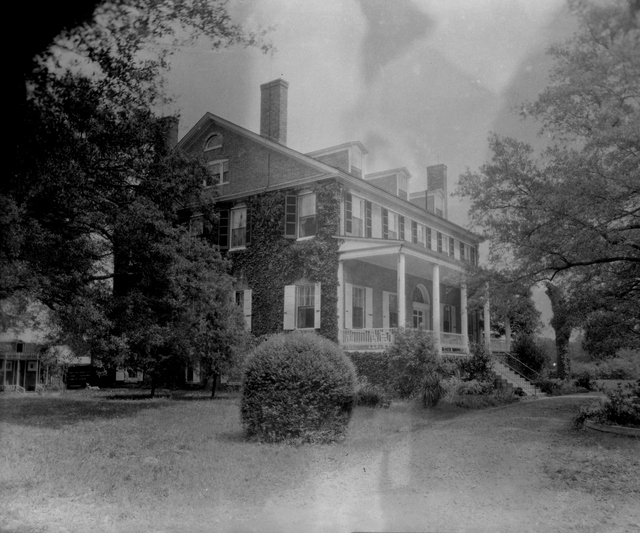 architecturally significant as a remarkably fine example of the Federal style, particularly in its interior details, and for retaining its integrity of association, setting, design, materials, and workmanship. It is Georgian in its massing but of purely Federal derivation in its narrow fenestration, curving lines expressed in the fanlight and semi-circular arch of the dormer windows, and the light treatment of the portico by the wide spacing of slender columns. The approximately 60 acres nominated includes three contributing outbuildings: a one-story ca. 1820 servant’s cottage with a modern addition, and two ca. 1840 log barns. The house is approached by a long oak lined carriage lane which follows a causeway over a large pond. Listed in the National Register November 25, 1980; Designated a National Historic Landmark February 16, 2000. [Courtesy of the S.C. Dept. of Archives and History]
architecturally significant as a remarkably fine example of the Federal style, particularly in its interior details, and for retaining its integrity of association, setting, design, materials, and workmanship. It is Georgian in its massing but of purely Federal derivation in its narrow fenestration, curving lines expressed in the fanlight and semi-circular arch of the dormer windows, and the light treatment of the portico by the wide spacing of slender columns. The approximately 60 acres nominated includes three contributing outbuildings: a one-story ca. 1820 servant’s cottage with a modern addition, and two ca. 1840 log barns. The house is approached by a long oak lined carriage lane which follows a causeway over a large pond. Listed in the National Register November 25, 1980; Designated a National Historic Landmark February 16, 2000. [Courtesy of the S.C. Dept. of Archives and History]
——–
“The most imposing of the structures were designs by Robert Mills, nationally noted as the federal architect and designer of the Washington Monument. He is thought likely to have assisted in the design of the stately brick home at Mulberry Plantation (1820), constructed under the master builder David Bartling. While superintendent of public buildings for South Carolina, Mills was the architect of Camden’s Bethesda Presbyterian Church (1822), which was flanked with the male and female academies of the Orphan Society School, and the architect of the public monument to Baron de Kalb (1825) fronting the church’s DeKalb Street entrance.” (Information courtesy of A History of Kershaw County, S.C. by Joan A. Inabinet and L. Glenn Inabinet, 2001 – The Un. of S.C. Press)
The Rock Hill Herald reported on June 3, 1886 – “During the high water two weeks ago, the water washed away a portion of an Indian mound on the Chestnut place below Camden and many relics were unearthed, including skulls, bones, teeth and pottery.”
On the other hand, life on the eastern side of the river remains strongly linked with die past. Much of the land has passed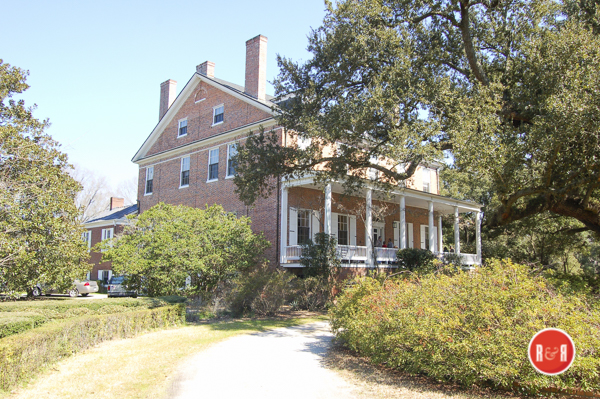 from generation to generation. This area is divided into three communities. The first below Camden is Mulberry, named thus as it surrounds Mulberry Plantation. Charlotte Thompson, which is perhaps the fastest growing area, is named after an old school, which in turn was named for one of Camden’s most beloved citizens. Finally there is Boykin, named for the family which settled there and still inhabited by many descendants of that clan. It is here that we begin our tour of southern Kershaw County. (Information from: Names in South Carolina by C.H. Neuffer, Published by the S.C. Dept. of English, USC) – Hope Boykin
from generation to generation. This area is divided into three communities. The first below Camden is Mulberry, named thus as it surrounds Mulberry Plantation. Charlotte Thompson, which is perhaps the fastest growing area, is named after an old school, which in turn was named for one of Camden’s most beloved citizens. Finally there is Boykin, named for the family which settled there and still inhabited by many descendants of that clan. It is here that we begin our tour of southern Kershaw County. (Information from: Names in South Carolina by C.H. Neuffer, Published by the S.C. Dept. of English, USC) – Hope Boykin
Stay Connected
Explore history, houses, and stories across S.C. Your membership provides you with updates on regional topics, information on historic research, preservation, and monthly feature articles. But remember R&R wants to hear from you and assist in preserving your own family genealogy and memorabilia.
Visit the Southern Queries – Forum to receive assistance in answering questions, discuss genealogy, and enjoy exploring preservation topics with other members. Also listed are several history and genealogical researchers for hire.
User comments welcome — post at the bottom of this page.
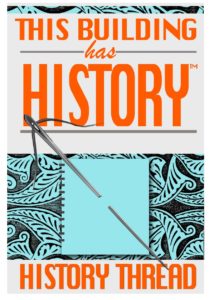
R&R HISTORY LINK: Mary Boykin Chesnut resided in Chester, S.C. during the closing days of the Civil War.
Please enjoy this structure and all those listed in Roots and Recall. But remember each is private property. So view them from a distance or from a public area such as the sidewalk or public road.
Do you have information to share and preserve? Family, school, church, or other older photos and stories are welcome. Send them digitally through the “Share Your Story” link, so they too might be posted on Roots and Recall.
User comments always welcome - please post at the bottom of this page.

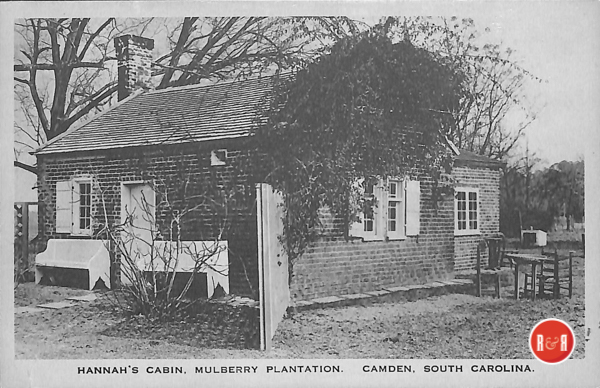
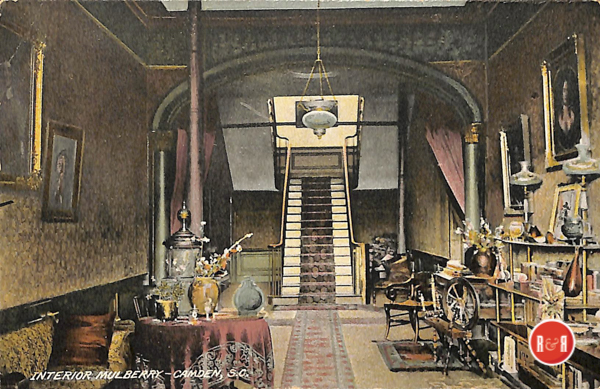
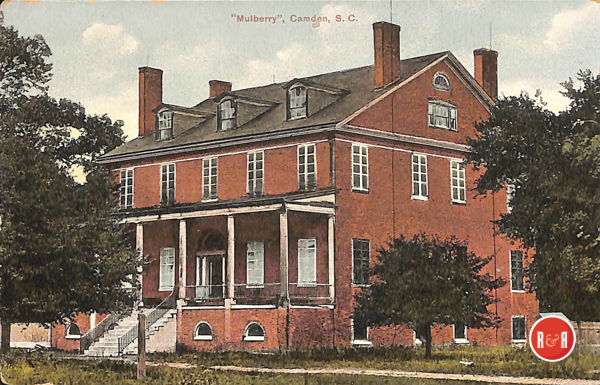
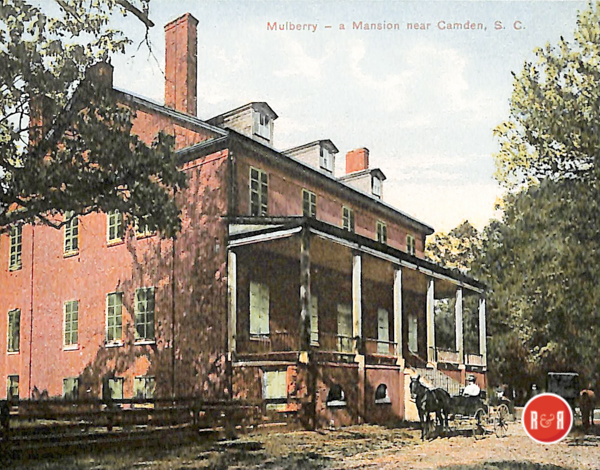
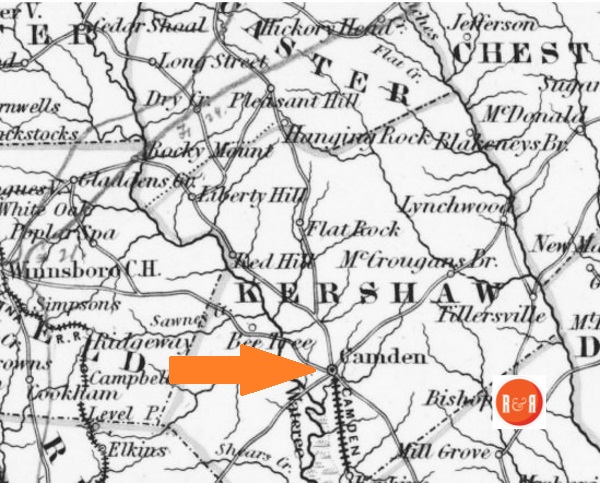
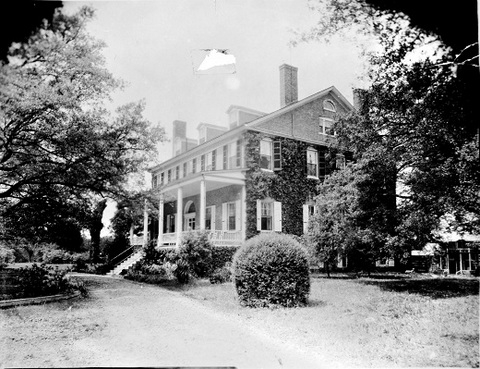

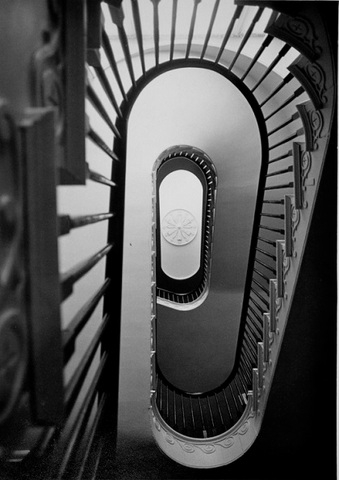
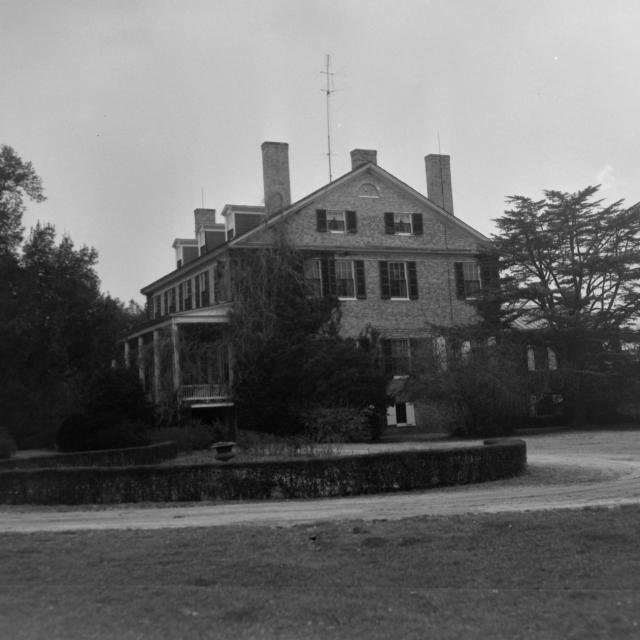
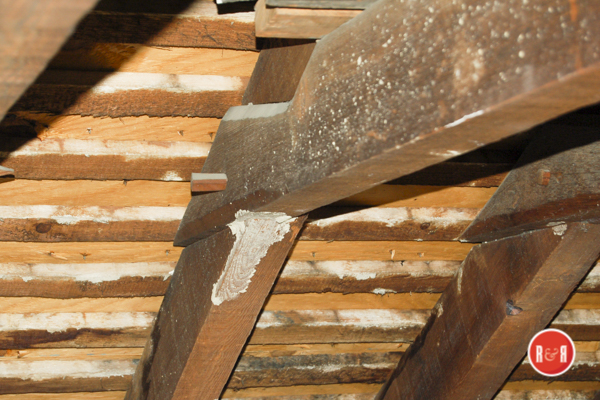

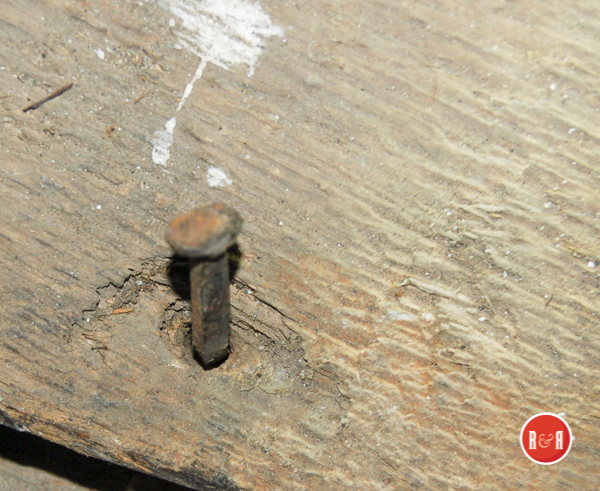
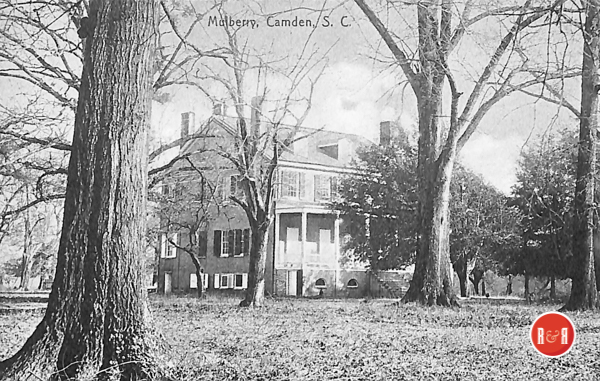
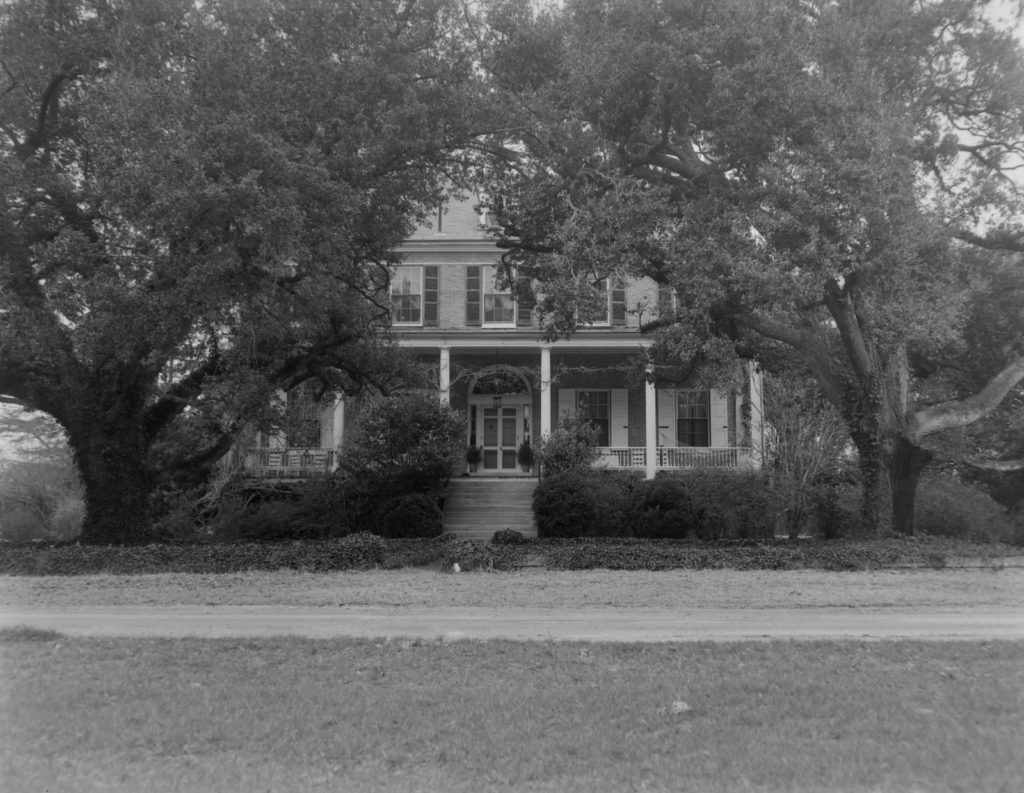
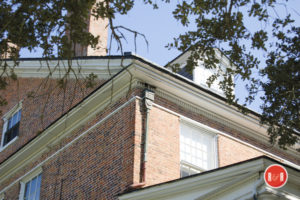
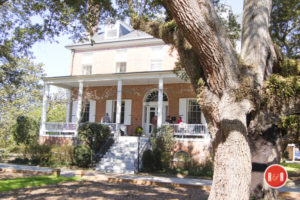
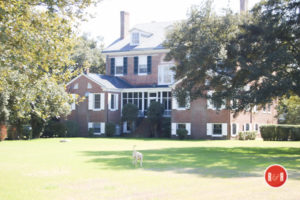
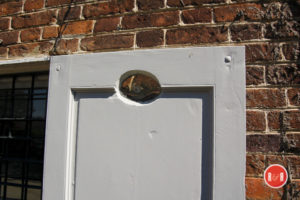


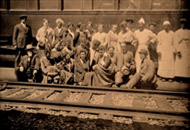
Share Your Comments & Feedback: